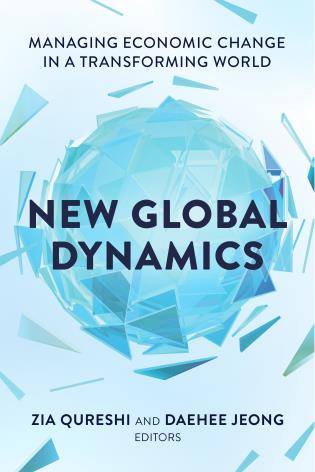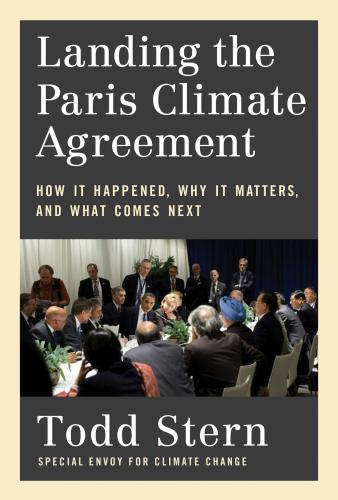Studies in this week’s Hutchins Roundup find that the benefits of health insurance can persist across generations, the Global Financial Cycle does not explain capital flows, and more.
Want to receive the Hutchins Roundup as an email? Sign up here to get it in your inbox every Thursday.
Health gains from increased Medicaid access persist across generations
Medicaid coverage of low-income children and pregnant women increased dramatically in the 1980s and 1990s. Exploiting the variation in the timing of the Medicaid expansion across states, Chloe East of the University of Colorado Denver and co-authors find that increased in-utero Medicaid eligibility of one generation led to healthier birthweights in the next generation. Specifically, a 10 percentage point increase in one generation’s in-utero Medicaid eligibility increased the second generation’s average birthweight by 4.4 grams, and reduced the incidence of very low birthweight by 0.1 percentage point, they find. The authors conclude that early life health investments have payoffs that extend well beyond those that policymakers usually consider.
The Global Financial Cycle may not be important for explaining capital flows
A growing literature claims that capital flows across countries are largely attributable to global factors that are often driven by developments in advanced economies, the so-called Global Financial Cycle hypothesis. Examining capital flow data between 1990 and 2015 for 85 countries, Eugenio Cerutti of the IMF, Stijn Claessens of the BIS, and Andrew Rose of Berkeley find that global factors explain less than a quarter of the variation in capital flows. Their results suggest that policy authorities in emerging markets have greater power in managing their economies and face less risk from international financial integration than is implied by the Global Financial Cycle hypothesis.
The natural rate of unemployment has been stable over the past 100 years
Regis Barnichon and Christian Matthes from the San Francisco Fed introduce a new way to estimate the natural rate of unemployment—the hypothetical rate that is consistent with stable inflation and output being at its long-run level. Using a statistical approach that removes the cyclical fluctuations in the unemployment rate to isolate its more secular component, they show that the natural rate has been quite stable over the past 100 years, fluctuating in a narrow band between 4.5 percent and 5.5 percent. The authors conclude that events such as the Great Depression induced very large negative cyclical shocks but not structural changes. They note that the unemployment rate has been slightly below the natural rate in recent months, suggesting that labor market slack has been eliminated.
Chart of the Week: Share of people in the labor force falls for younger population, rises for older population

Quote of the week:
“In my view, the bar for changing monetary policy frameworks should be very high. Consider the Bank of England. We have a wide range of macroprudential tools that allow monetary policy to be the last line of defense against financial stability risks… to the extent there is ‘good deflation’ from globalization, it exists in parallel with lingering risks of an old-style, Fisher debt deflation which could be very bad indeed. I am also mindful that central banks have generally been able to achieve their objectives and that, with the strengthening and broadening global expansion, cyclical forces should ease constraints on central banks,” says Bank of England Governor Mark Carney.
“In addition, as demand in a number of major economies rotates from consumption towards investment and as fiscal policies become less contractionary, short-term equilibrium real interest rates should rise everywhere. This means that a static monetary policy stance becomes more expansionary all else equal. That said, I would caution that the persistence of major secular factors pushing down on the long-run global equilibrium real rates still means that policy rates can be expected only to rise a limited extent at what can be expected to be a gradual pace, settling at levels significantly below those seen pre-crisis.”









Commentary
Hutchins Roundup: Intergenerational impact of Medicaid, the Global Financial Cycle, and more
September 21, 2017